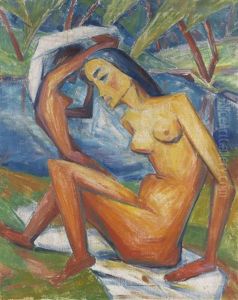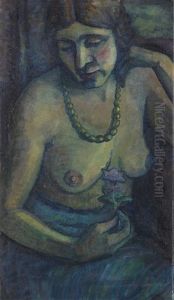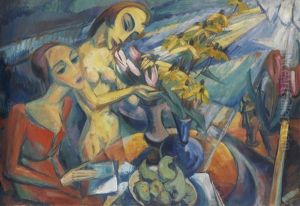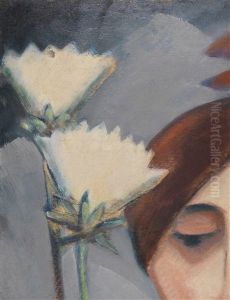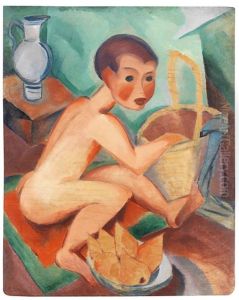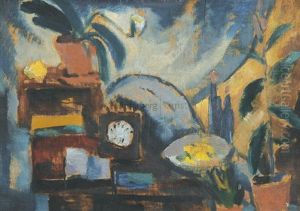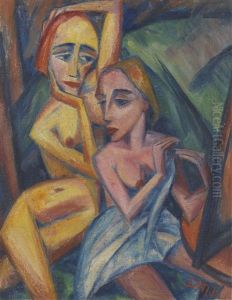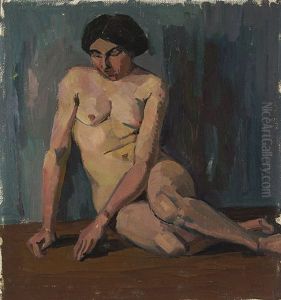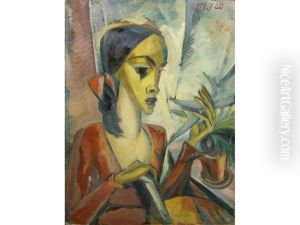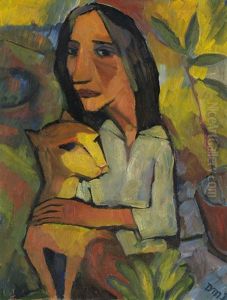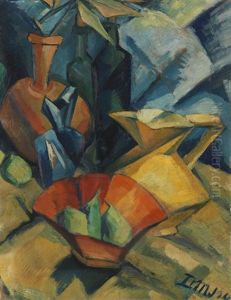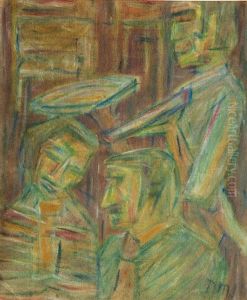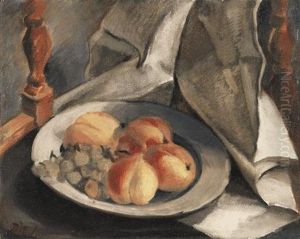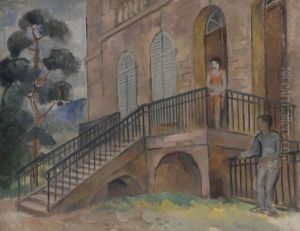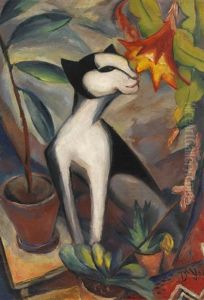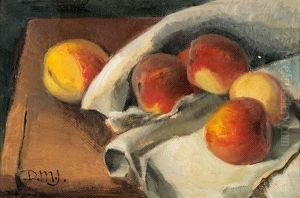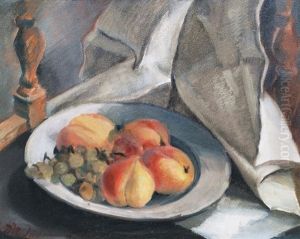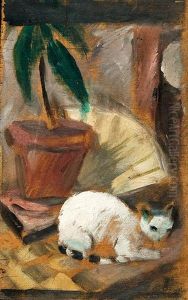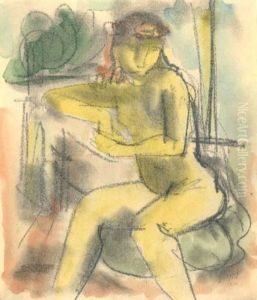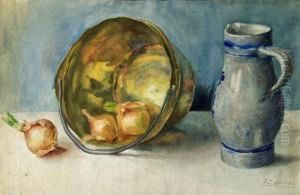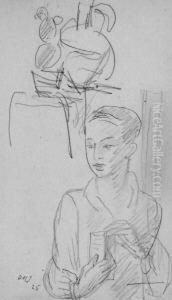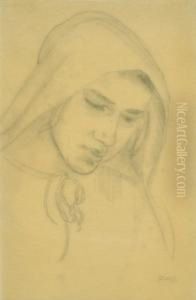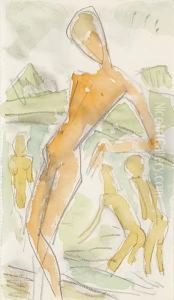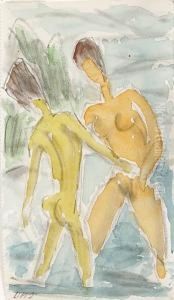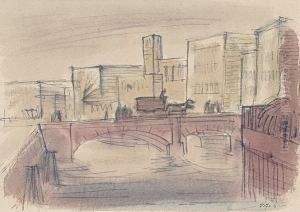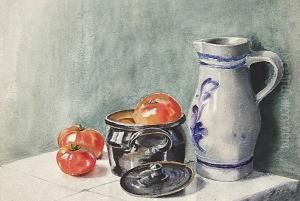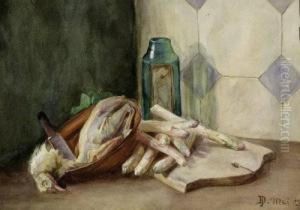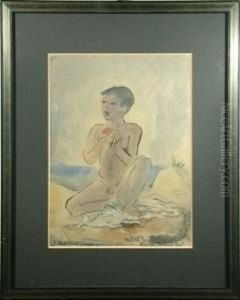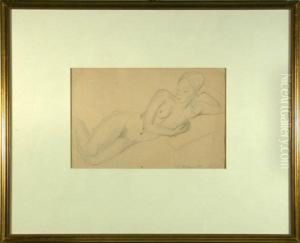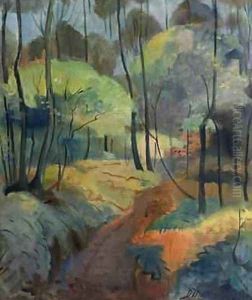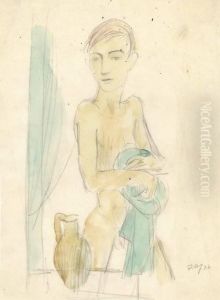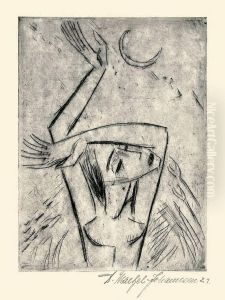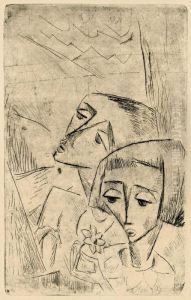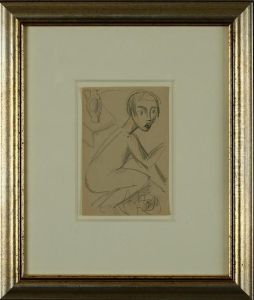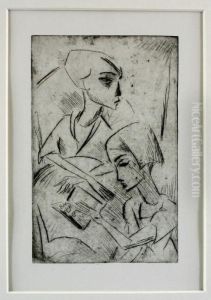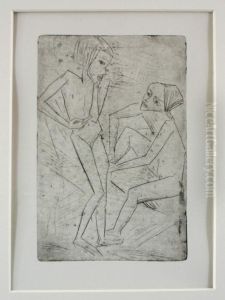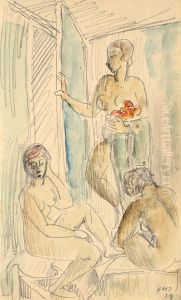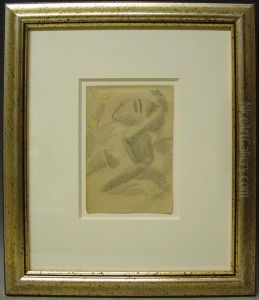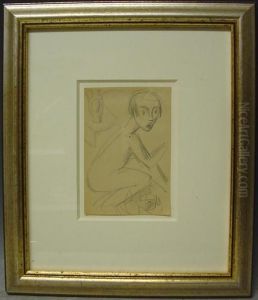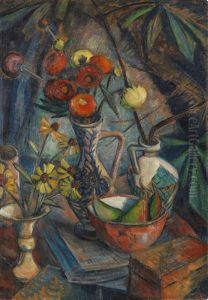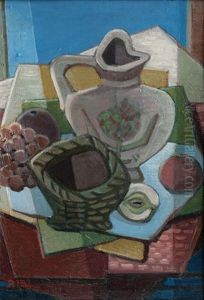Dorothea Maetzel-Johannsen Paintings
Dorothea Maetzel-Johannsen was a German expressionist painter and graphic artist, born on August 3, 1886, in Hamburg, Germany. She was an important figure in the early 20th-century German art scene and was associated with the Hamburg Secession movement.
Maetzel-Johannsen studied at the Kunstgewerbeschule Hamburg (School of Applied Arts, Hamburg), where she honed her skills in various artistic mediums. It was during her early years that she began to develop her unique style that combined elements of expressionism with influences from other contemporary movements.
In 1910, she married the painter Emil Maetzel, and together they became a significant part of the Hamburg art community. Their home often served as a meeting place for other artists and intellectuals. As a female artist, Maetzel-Johannsen faced challenges in a male-dominated field, but she continued to create and exhibit her work, gaining recognition for her vibrant paintings that often depicted landscapes, urban scenes, and still lifes with bold colors and dynamic compositions.
During her career, Dorothea Maetzel-Johannsen participated in numerous exhibitions and was active in the Hamburg Secession group, which sought to promote avant-garde art in opposition to the more conservative approaches prevalent at the time. Her work also reflected her interest in social issues and the human condition, themes that were common among expressionist artists.
Tragically, Dorothea Maetzel-Johannsen's life and career were cut short when she died on March 22, 1930, at the age of 43. Despite her early death, she left behind a significant body of work that continues to be studied and appreciated for its contribution to German expressionism and modern art. Her legacy is preserved through her paintings and prints, which can be found in various art collections and museums in Germany and beyond.
